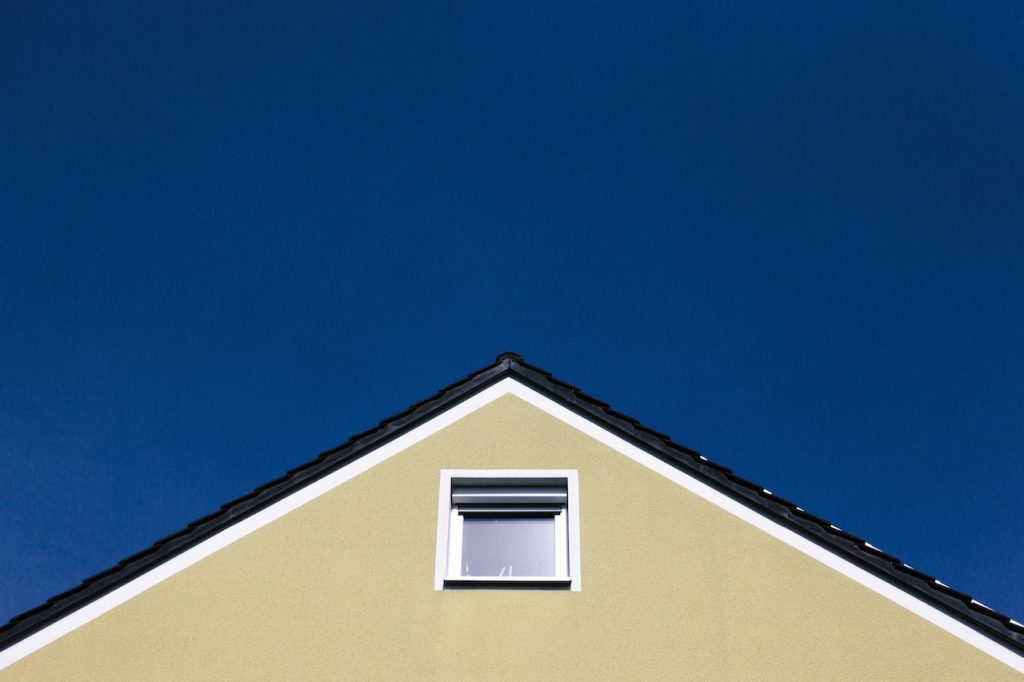Water removal in an attic or ceiling must be done swiftly, as unaddressed water and moisture can cause hazardous ceiling damage and soak structures and furnishings in the rooms below. It can also encourage microbial growth, exposing you and those living with you to health risks.
The problem is that dealing with attic leaks can be tricky, especially because they can be challenging to detect. Often, by the time you realize such a problem in your home, your insulation, joists, ductwork, and belongings may have already been affected.
To save you from attic leaks and their soggy aftermath, here are some practical tips for detecting water leaks in attics, tracking down their source, and getting effective water damage restoration on your property.
What Does Attic Water Damage Look Like?
Knowing what to look for can help you detect leaks in your attic early and intervene just in time to prevent secondary damages. As you inspect your loft or roof space, use a powerful flashlight and keep your eyes peeled for the following signs:
- Mold and microbial growth (usually appearing as fuzzy white fibers or specks of black, gray, green, or brown) on the attic’s interior walls.
- Damp or soaked insulation
- Discolored water, or water bringing dirt and debris
You may also notice the following in other parts of your home:
- Water stains (chalky white or yellowish rings or clouds) on the ceilings downstairs
- Warped walls and musty odors in adjacent rooms
- Drips from the ceiling that worsens, even after a rain
Tracking Down the Source of Ceiling Water Damage
When dealing with leaks from attics, remember that water may enter at one point and drip to the level below in another spot. This is because moisture can spread across the ceiling, soak the organic materials in their way, and run down walls from another site.
Considering this, a practical way to track down the source of attic or ceiling leaks is to follow the signs of water damage enumerated earlier. Some spots worth paying close attention to include chimneys, roof vents, and other structures extending past the roof.
You may also want to look at the areas with drilled holes that let wires, cables, or pipes in. Another area to inspect is your skylight and its frame. Improperly installed skylights or worn-out sealants can admit water into your attic. Finally, ensure your gutters are free of debris, as clogs can cause water to back up and cause roof leakage.
What To Do After Detecting Leaks in the Attic
Here are the three key steps to take after you’ve confirmed and detected the source of your attic leak:
Address the Source and Prevent More Water Damage
No matter the source of your attic leak, the first thing to do is locate and address it as quickly as possible. This may mean shutting down your home’s water supply if you’re dealing with a plumbing malfunction, or placing buckets under the leak to collect the water from a leaking roof. These practical steps help you avoid further damage and keep water from soaking more parts of your home.
Begin the Initial Water Removal and Cleanup Process
Once the source is identified, you can extract the excess water, remove and relocate your belongings to a dry place, and assess the extent of the water damage.
It’s crucial to practice caution every time you step inside your attic. Water and moisture may have significantly weakened the surfaces and joists you’re walking on, and in some instances, one step may lead to more problems.
Contact a Water Damage Restoration Company
While you may find tips on how to repair attic leaks from various sources, it pays to remember that fixing leaks and addressing the water damage the leaks caused are tasks that are best left to the experts.


